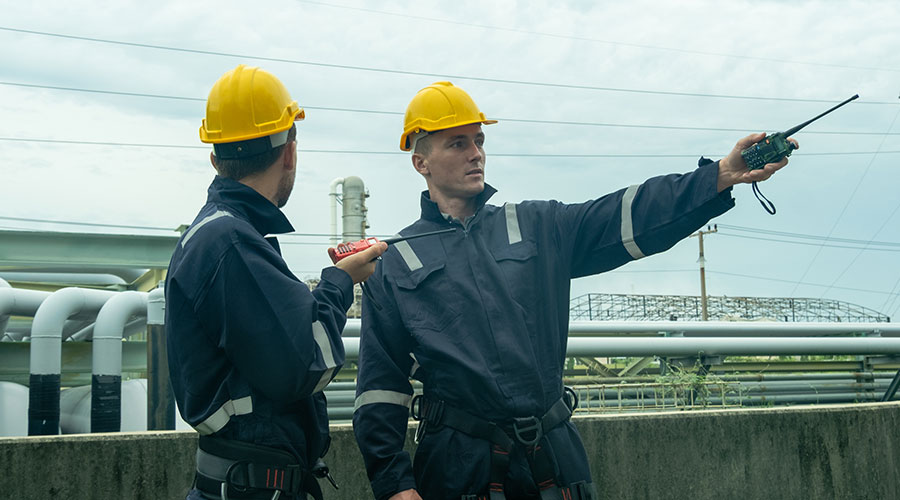Steps to Streamlined Travel Planning, Scheduling
With work-history data in hand, managers can take several steps designed to streamline technician efficiency, specifically by minimizing unnecessary travel time. Begin the process of work planning and scheduling. The greater the effort you put into the process, the more efficiently technicians can finish the work, including traveling more efficiently.
Planners can address legitimate travel concerns by accounting for it in advance in the upcoming work schedule. For example, they can plan multiple jobs in the same geographical area, which eliminates travel by minimizing the need to return repeatedly.
Work planning and scheduling can be difficult in the beginning, so start simple and with only a few jobs each week until the process becomes reasonably successful. After that, begin to grow the number of planned and scheduled jobs until reaching the operational limit.
The next step is to look into the amount of parts and supplies in inventory that technicians need for reactive work. I specifically mentioned reactive work because if you are committed to planning and scheduling, the only parts and supplies you need to stock on site are parts for reactive work. Managers can purchase needed parts for planned and scheduled jobs in advance and have them delivered just in time for use.
Managers also need to keep in mind that staging parts in the geographical areas in which technicians need to use them also will reduce the amount of travel time back to centralized stock rooms. If technicians work out of a van or maintenance truck, they can develop a mini stockroom in the vehicle. One caveat here is that without proper attention, the vehicle can turn into a junk pile. Inspect vehicles often.
Communication is also a significant step in minimizing unnecessary travel time. Make sure technicians have current methods of communication so they can eliminate useless travel reduced by receiving information and direction without traveling back to the shop.
For managers still uncertain about the potential benefits of analyzing travel time, keep in mind that if you reduce a two-person crew to one person, for that amount of time, the crew size doubles. If your task requires two technicians even briefly, it is still better to have them drive separate vehicles so one of them can leave and respond to the next call instead of standing around watching his or her buddy work on the original problem.
Until managers can beam technicians up from place to place instantaneously — with tools and parts, of course — departments will always have travel losses. The goal is to track, manage and minimize them.
Agree? Disagree? Have something to say?
We want to hear from you. Visit myfacilitiesnet.com/MichaelCowley, and start a conversation.
Michael Cowley, CPMM, is president of CE Maintenance Solutions, www.cemaintenancesolutions.com. Cowley provides maintenance training, coaching and consulting services to facilities and manufacturing organizations nationwide. He is a frequent speaker at national facilities management conferences.
Related Topics:













